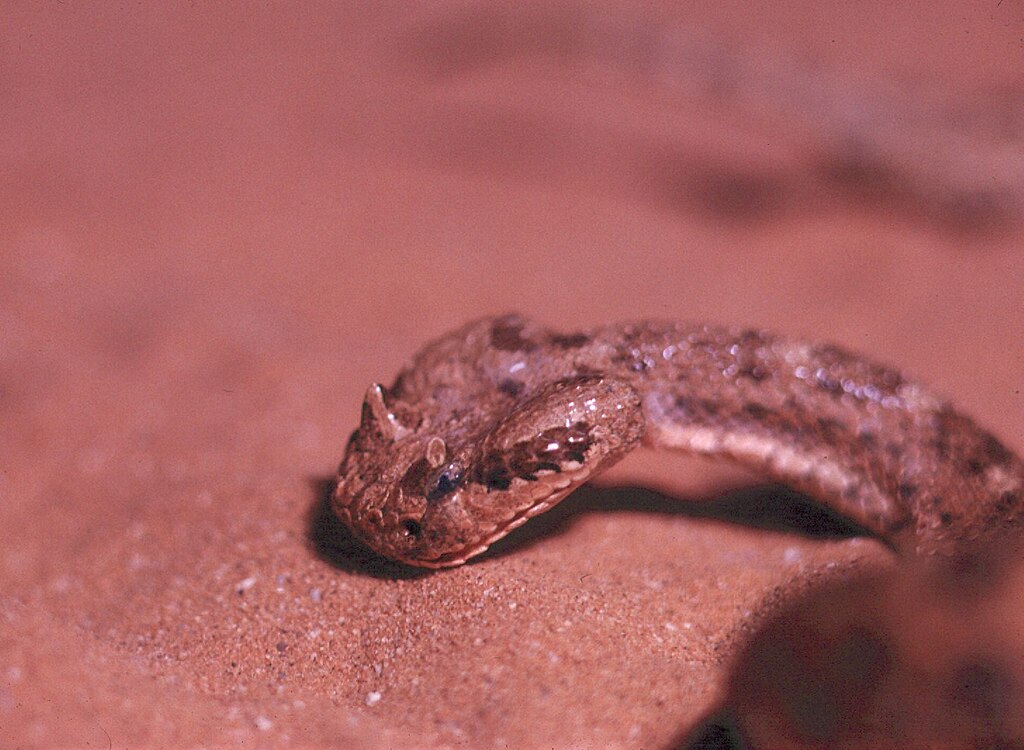Where scorching deserts meet life-giving riverbanks, a remarkable reptile has evolved to thrive in this dramatic ecological transition zone. The Mojave Desert sidewinder, a specialized rattlesnake species, has adapted in fascinating ways to survive where sand meets water. These unique serpents navigate the challenging interface between arid landscapes and riparian corridors, developing behaviors and physical characteristics perfectly suited to this distinctive habitat. Join us as we explore the remarkable story of a snake that has mastered life at the edge of two contrasting worlds.
The Riparian-Desert Interface: A Unique Ecological Niche
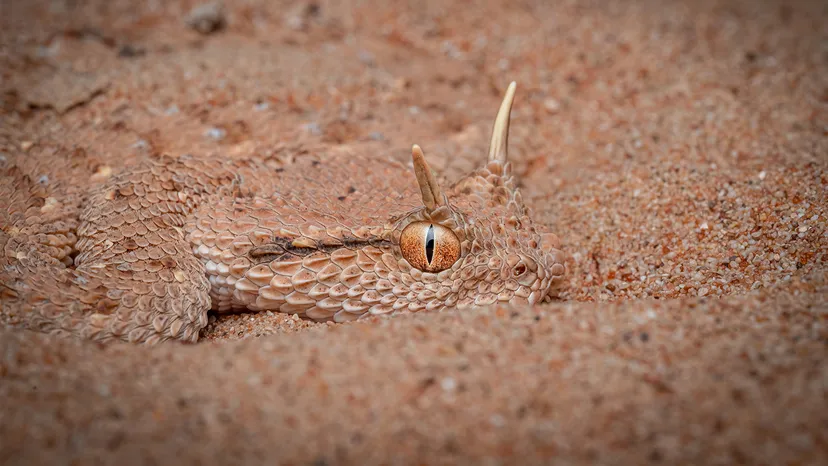
The boundary where rivers cut through desert landscapes creates one of nature’s most striking ecological transition zones. These riparian corridors form ribbons of life through otherwise harsh environments, supporting dramatically different plant and animal communities than the surrounding desert. Temperature and humidity gradients shift dramatically within just a few meters as one moves from the water’s edge into the arid landscape. This specialized habitat supports unique species adapted to take advantage of both worlds, with the sidewinder rattlesnake being one of the most remarkable examples. The interface creates a dynamic environment where resources from both ecosystems become available to adaptable species.
The Sidewinder Rattlesnake: Master of Desert-River Habitats

The sidewinder rattlesnake (Crotalus cerastes) has evolved to perfectly exploit the transition between river and desert ecosystems. This medium-sized venomous pit viper, typically reaching 1.5 to 2 feet in length, is immediately recognizable by its distinctive hornlike scales above its eyes and its pale tan or cream coloration that blends seamlessly with desert sands. The sidewinder’s name comes from its unique method of locomotion—a specialized sideways movement that minimizes contact with hot sand while maximizing efficiency. These adaptable serpents concentrate their hunting activities in the transition zones where desert meets river, taking advantage of the higher concentration of prey animals drawn to the water source while maintaining their desert survival adaptations.
Evolutionary Adaptations for Dual Environments
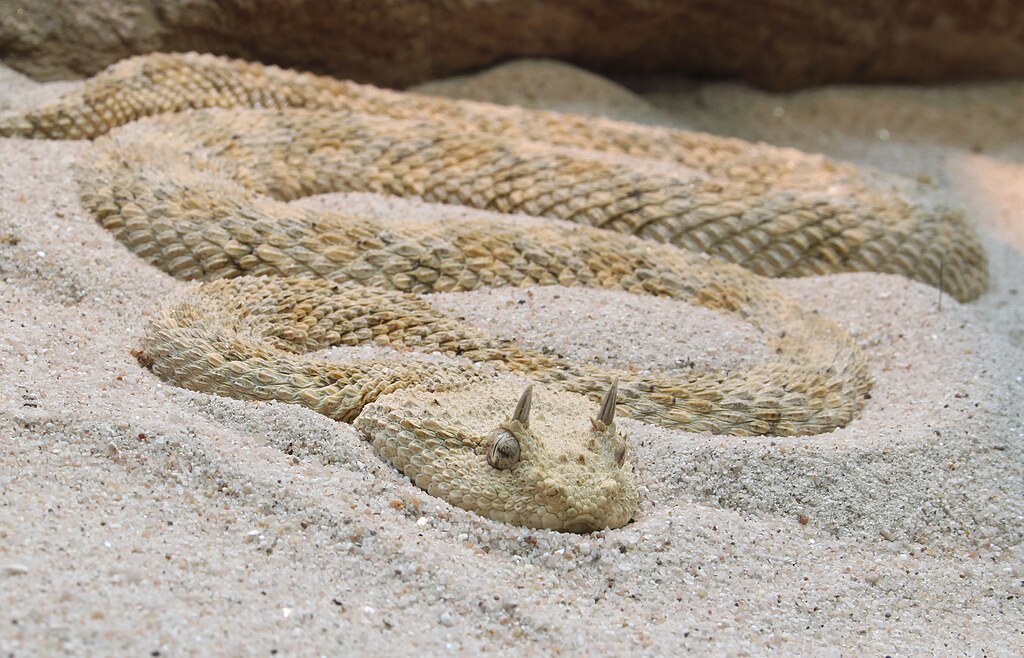
The sidewinder rattlesnake displays remarkable evolutionary adaptations that allow it to thrive where rivers and deserts collide. Its raised supraocular scales (the “horns” above its eyes) serve multiple functions, including protecting the eyes from the sun and blowing sand while also providing additional shade. The snake’s pale coloration offers perfect camouflage in sandy environments, yet allows it to remain hidden among the dappled light of riverside vegetation. Its specialized scales and skin physiology help it retain moisture in arid conditions, while still allowing it to function in the higher humidity near water sources. Perhaps most impressively, the sidewinder has evolved specialized behaviors that allow it to hunt effectively in both loose sand and the more compact soils of riparian areas.
The Signature Sidewinding Locomotion
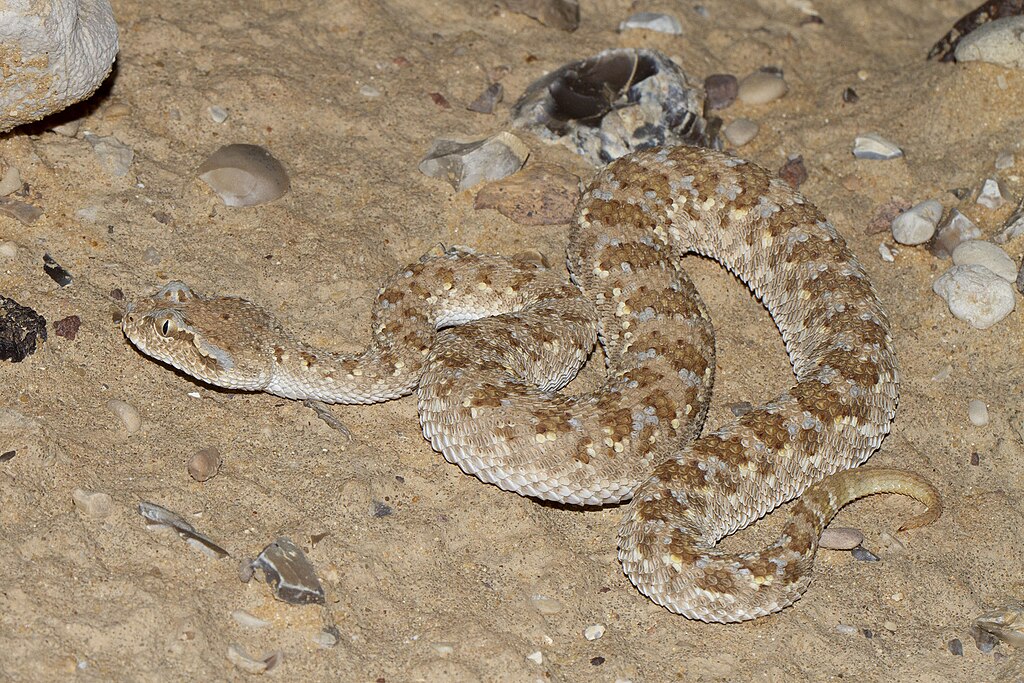
The sidewinder’s most famous adaptation is its unique method of movement—sidewinding—which proves invaluable in both desert sands and riverbank environments. This specialized locomotion involves the snake throwing its body in a sideways rolling motion, with only two points of its body touching the ground at any time. The technique minimizes contact with hot sand, reducing heat absorption and preventing the snake from sinking into loose substrate. Near rivers, this same movement allows sidewinders to navigate efficiently through patches of loose sediment deposited by seasonal flooding. Scientists have discovered that sidewinding uses less energy than conventional snake locomotion methods, giving these snakes a significant advantage in their challenging habitat.
Hunting Strategies in the Transition Zone
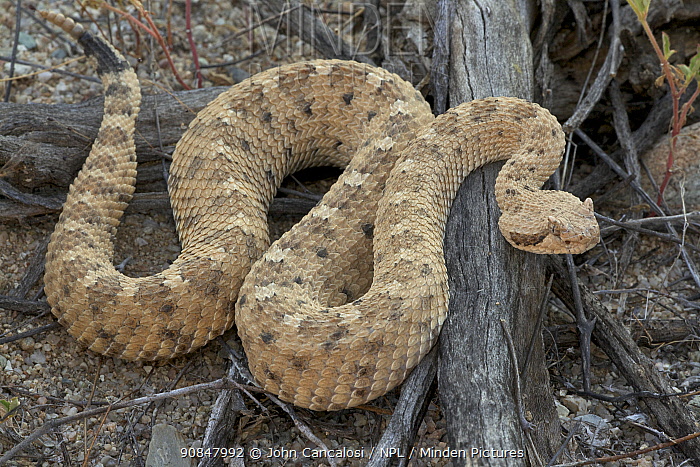
Sidewinder rattlesnakes have developed sophisticated hunting strategies that take full advantage of the river-desert interface. These ambush predators often position themselves at the edges of vegetation where desert meets river, creating natural funnels that channel potential prey. The snake will partially bury itself in sand with only its eyes, nostrils, and heat-sensing pits exposed, waiting patiently for unsuspecting animals. Their heat-sensitive pits allow them to detect warm-blooded prey even in complete darkness, making them effective nocturnal hunters when many desert animals venture toward water sources. During floods or high water periods, sidewinders opportunistically target animals forced to higher ground, showcasing their adaptability to changing conditions.
Diet and Prey Specialization
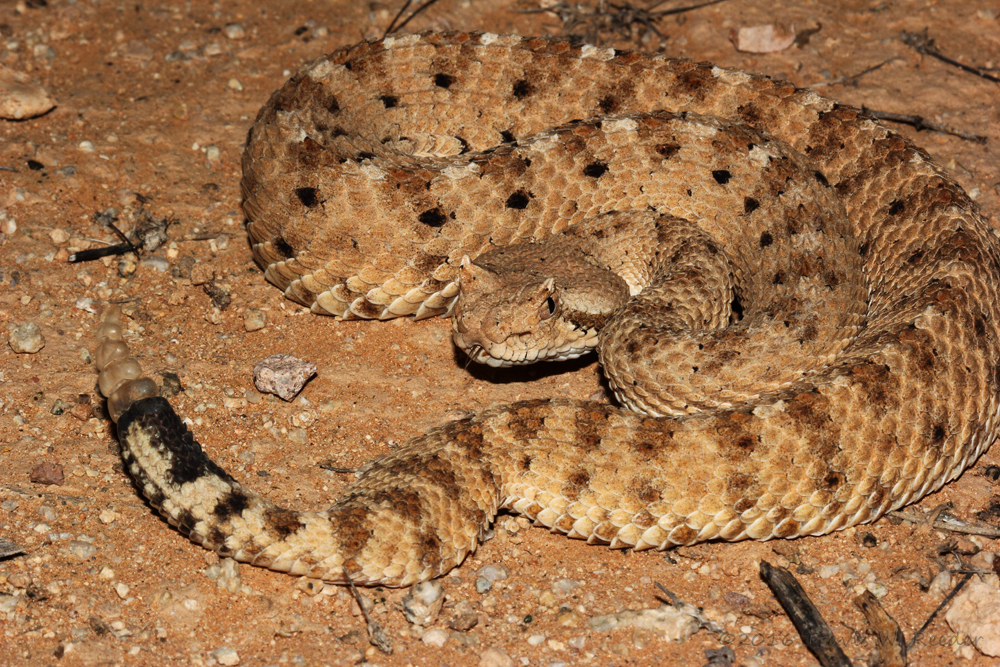
The diet of sidewinder rattlesnakes reflects their unique position at the desert-river boundary, consisting primarily of small mammals, lizards, and occasionally birds that inhabit this ecological transition zone. Kangaroo rats, pocket mice, and other desert rodents form a substantial portion of their diet, particularly when these animals approach water sources to drink. Near riverbanks, the snakes take advantage of higher concentrations of lizards that thrive in the more vegetated areas. Young sidewinders primarily target smaller prey like lizards and small rodents before graduating to larger mammals as they grow. Their highly efficient venom and heat-sensing ability allow them to target prey in both the open desert and the more complex, vegetated riverbank habitats.
Seasonal Behaviors and Migration Patterns
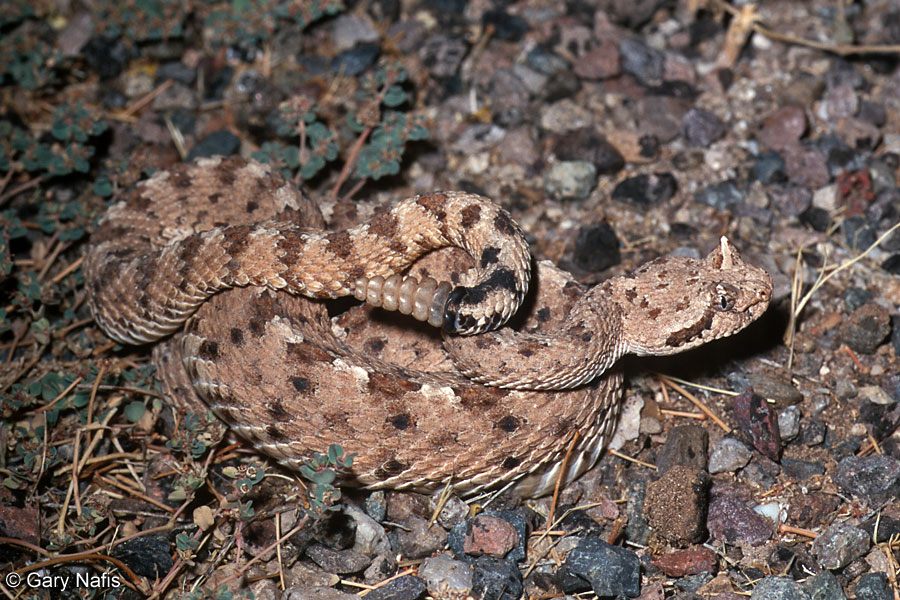
Sidewinder rattlesnakes adjust their behavior and location seasonally in response to changing conditions at the desert-river interface. During extreme summer heat, they often move closer to riparian areas, taking advantage of the slightly cooler microclimate and increased shade opportunities. Conversely, during cooler seasons, they may spread further into desert habitats as temperature extremes diminish. Some populations exhibit short seasonal migrations between summer and winter territories, traveling along the river-desert transition zone. During periods of flooding, sidewinders retreat to higher ground, sometimes concentrating in unusually high numbers on elevated areas, creating temporary “hot spots” of snake activity that researchers monitor closely.
Reproduction and Life Cycle Adaptations

The reproductive behavior of sidewinder rattlesnakes shows specific adaptations to their unique riverine-desert habitat. Unlike many rattlesnake species that give birth in fall, sidewinders typically produce young in late summer when monsoon rains may create brief periods of increased humidity and food availability near waterways. Female sidewinders are ovoviviparous, retaining eggs inside their bodies until the young fully develop, giving birth to 5-18 live young measuring about 7 inches long. Newborn sidewinders are immediately independent and possess a fully functional venom apparatus, allowing them to begin hunting in the challenging transition habitat immediately. Young sidewinders often remain closer to the protective vegetation of riparian areas until they’ve grown larger and developed more experience navigating open desert terrain.
Geographic Distribution Along Waterways
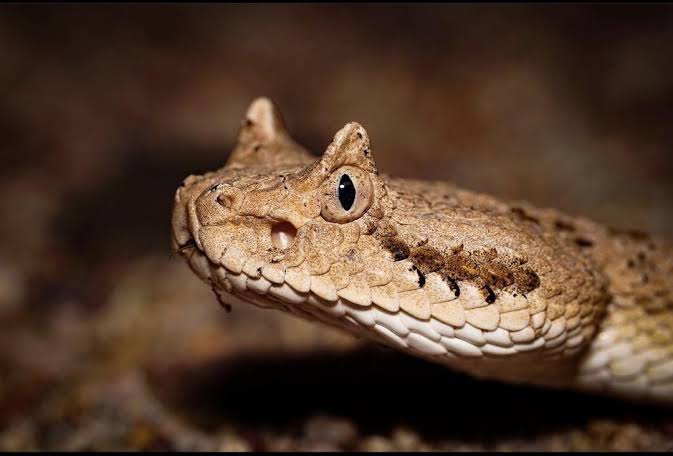
Sidewinder rattlesnakes are found primarily in the Mojave and Sonoran Deserts of the southwestern United States and northwestern Mexico, with their distribution closely following the paths of major river systems that cut through these arid landscapes. The Colorado River and its tributaries form a particularly important corridor for sidewinder populations, creating a network of suitable habitat throughout otherwise inhospitable terrain. The snakes are frequently encountered along the edges of the Gila, Salt, and Verde Rivers in Arizona, as well as seasonal washes and arroyos that carry water during rain events. Interestingly, genetic studies have revealed distinct subpopulations associated with different river systems, suggesting that these waterways may both connect and isolate different sidewinder communities across the broader desert landscape.
Threats to Riparian-Desert Interface Species
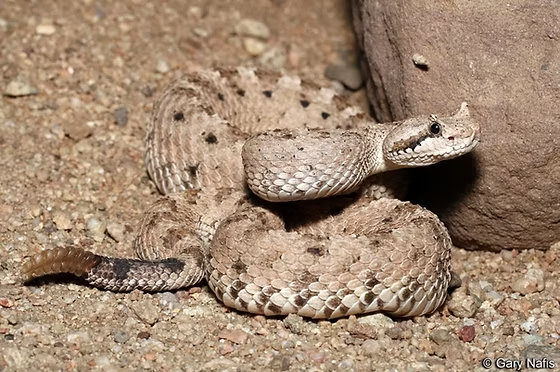
Sidewinder rattlesnakes face numerous threats in their specialized habitat where rivers and deserts meet. Water management projects that alter natural river flow regimes can dramatically change these transitional ecosystems, eliminating the environmental conditions that sidewinders depend upon. Invasive species, particularly non-native plants like tamarisk and Russian olive, transform riparian corridors by displacing native vegetation and altering the moisture balance that creates the transition zone. Development and recreational activities along desert waterways destroy habitat and increase human-snake encounters, often resulting in snake mortality. Climate change presents perhaps the greatest long-term threat, as rising temperatures and shifting precipitation patterns could fundamentally alter the desert-river interface that sidewinders have evolved to exploit.
Conservation Status and Protection Efforts
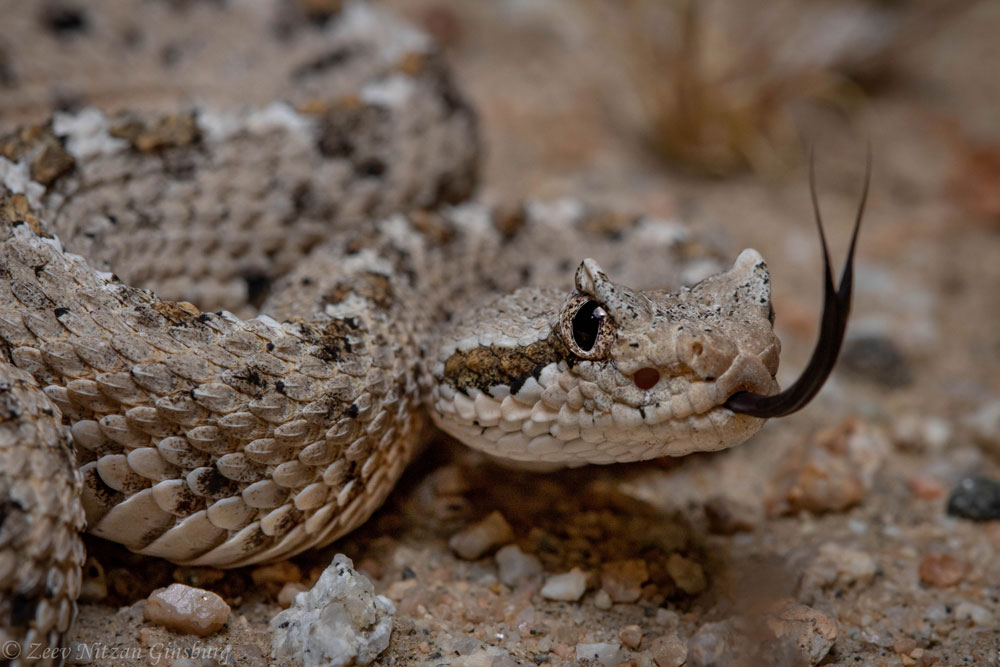
While sidewinder rattlesnakes are not currently listed as endangered or threatened at the federal level, conservation biologists recognize them as an important indicator species for the health of desert-river transitional habitats. Several regional conservation plans include provisions for protecting riparian corridors in desert environments, indirectly benefiting sidewinder populations. Research programs tracking sidewinder populations provide valuable data on how these specialized snakes respond to environmental changes and habitat restoration efforts. Educational outreach programs work to dispel myths about rattlesnakes and highlight their ecological importance, reducing persecution by humans. The protection of desert waterways as wildlife corridors has become an increasingly important conservation priority in the arid Southwest, with sidewinders serving as one of several flagship species for these efforts.
Cultural Significance and Human Interactions
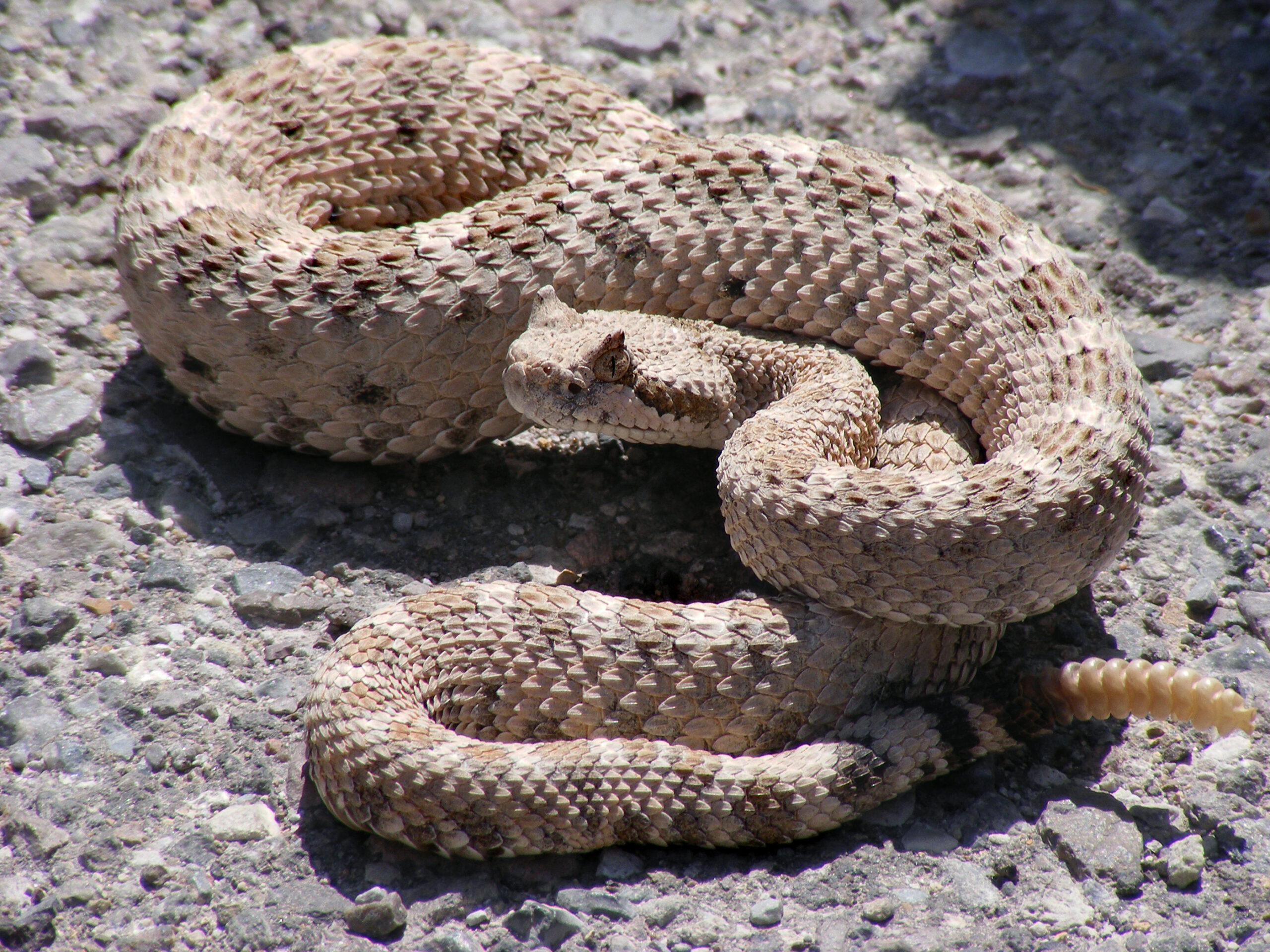
Sidewinder rattlesnakes have figured prominently in the cultural traditions of indigenous peoples of the desert Southwest, often symbolizing the power and mystery of the desert-river boundary. Traditional ecological knowledge from tribes like the Tohono O’odham and Mojave includes detailed observations about sidewinder behavior and habitat preferences that often align with modern scientific findings. Unfortunately, human encounters with sidewinders frequently end poorly for the snakes, as fear and misunderstanding lead many people to kill rattlesnakes on sight despite their protected status in many areas. Desert tourism and recreation have increased human activity in sidewinder habitat, leading to more encounters and creating management challenges for conservation authorities. Educational programs at desert interpretive centers now often feature sidewinders as ambassadors for the unique ecosystems where rivers and deserts meet.
Research and Ongoing Scientific Studies

Scientists continue to study sidewinder rattlesnakes to better understand their remarkable adaptations to the river-desert interface. Cutting-edge research using radio telemetry allows biologists to track individual snakes as they move between microhabitats, revealing previously unknown patterns in how they utilize different parts of the transition zone. Biomechanical studies of sidewinding locomotion have inspired robotics engineers to develop more efficient movement systems for robots designed to traverse difficult terrains like sand and loose soil. Climate researchers are monitoring how sidewinder populations respond to changing conditions, using them as an indicator species for broader ecological shifts in desert riparian systems. Perhaps most intriguingly, venom researchers have identified unique compounds in sidewinder venom that may have medical applications, highlighting yet another reason to protect these specialized desert dwellers.
The sidewinder rattlesnake represents one of nature’s most elegant solutions to life in a challenging ecological transition zone. Where scorching desert meets life-giving river, this specialized serpent has evolved physical characteristics, behaviors, and hunting strategies perfectly adapted to exploit both environments. As we face increasing pressures on desert waterways from development, water management, and climate change, the sidewinder serves as both an indicator of ecosystem health and a reminder of the remarkable adaptations that allow species to thrive in seemingly impossible conditions. By protecting the delicate balance of these river-desert interfaces, we ensure not only the survival of this iconic rattlesnake but also preserve one of nature’s most dramatic and biologically important transition zones.

